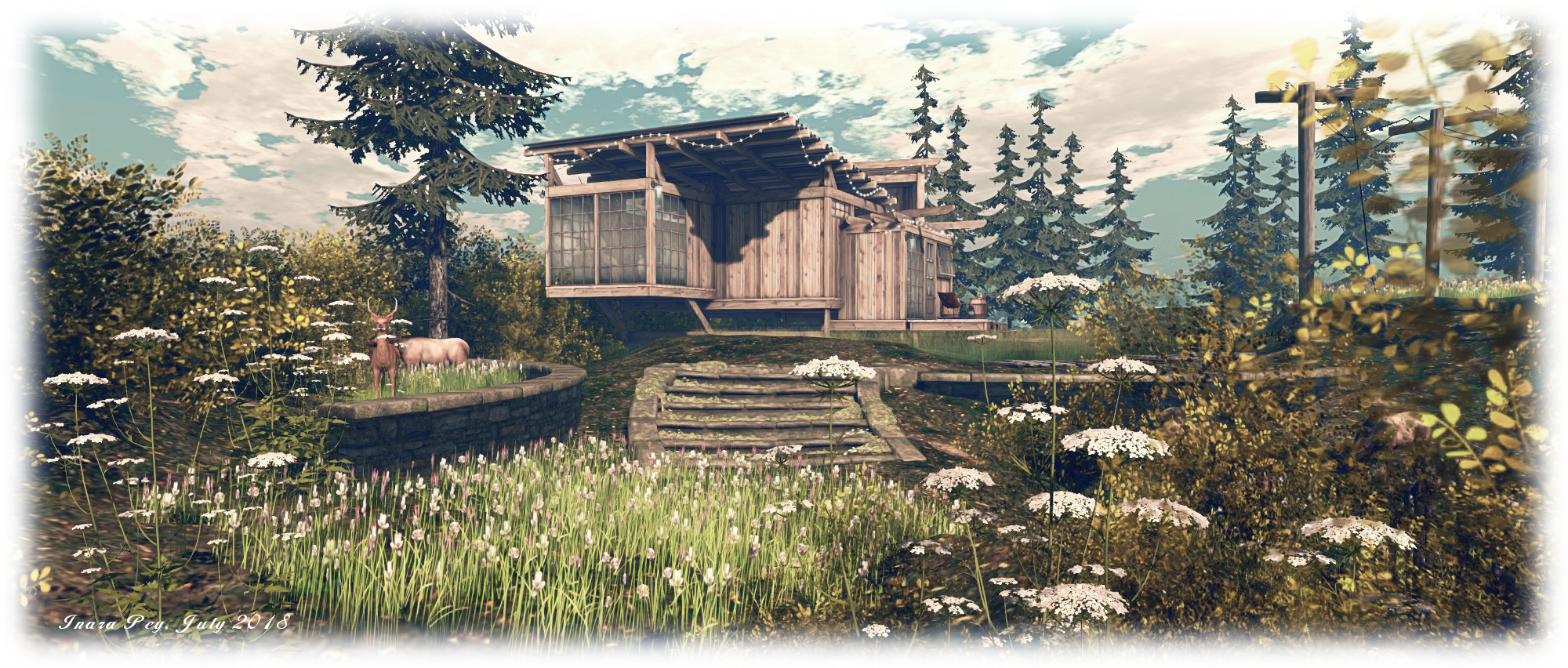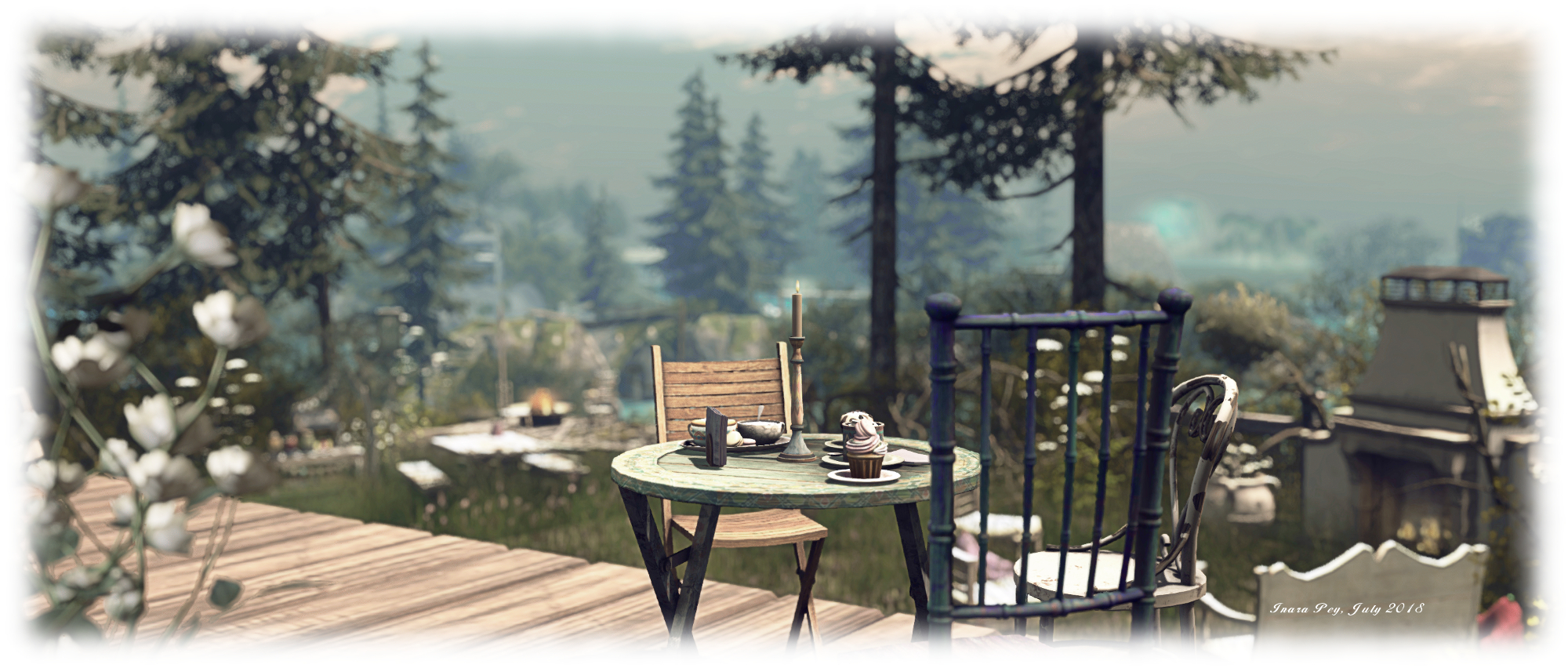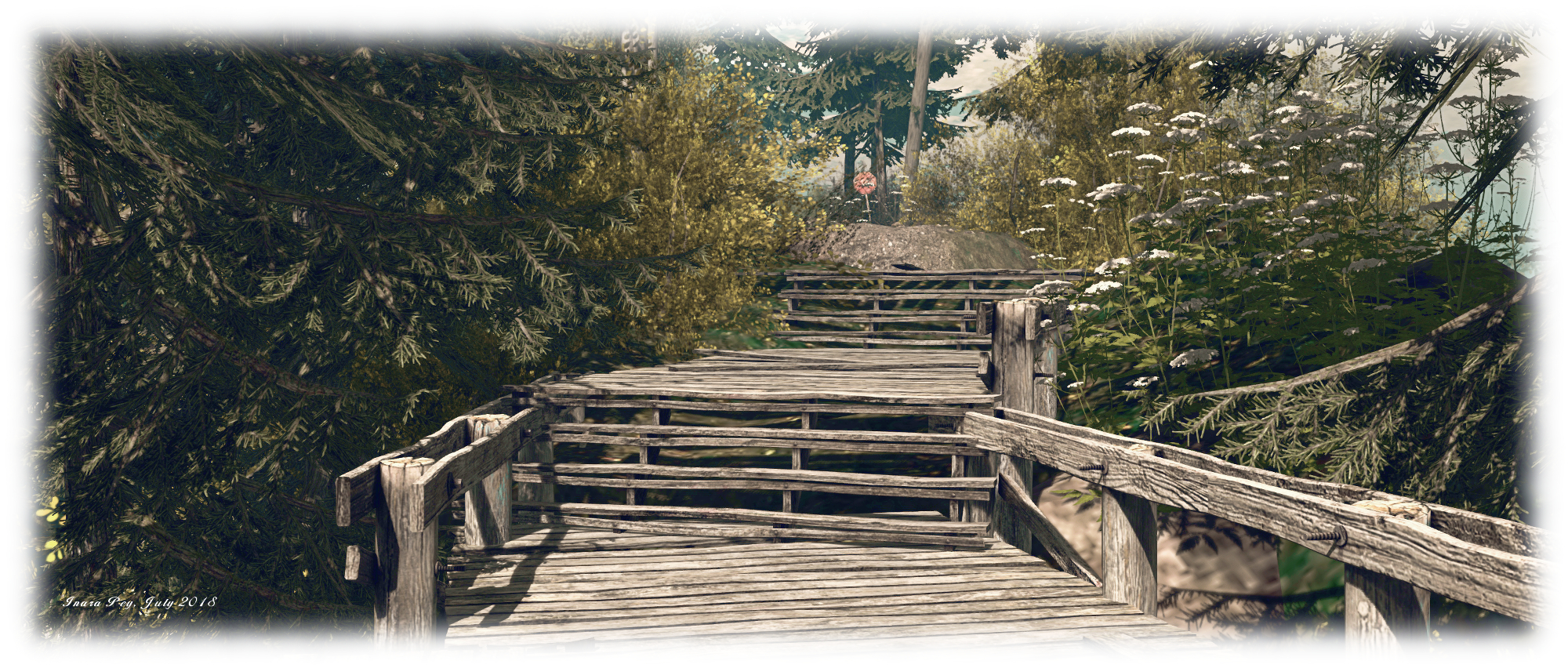
It’s time to highlight another week of storytelling in Voice by the staff and volunteers at the Seanchai Library. As always, all times SLT, and events are held at the Library’s home at Holly Kai Park, unless otherwise indicated.
Sunday, July 8th 13:30: Tea-Time on the Orient Express
Join Seanchai Library and friends as they depart on a journey across aboard one of the most luxurious means of rail travel, as they present Agatha Christie’s Murder on the Orient Express.
Offered in a special setting for the next 6 weekends, this most famous adventure for Christie’s Hercule Poirot. who merely wishes to return to London from Istanbul was all possible haste – but instead finds himself, along with the rest of the passengers – snowbound in the Yugoslavian mountains. And what’s more, there’s been a murder!
Read my preview, All aboard the Orient Express with Hercule Poirot, and don’t forget your boarding pass!

Monday, July 9th 19:00: Protector
 Phssthpok the Pak had been travelling for most of his thirty-two thousand years. His mission: save, develop, and protect the group of Pak breeders sent out into space some two and a half million years previously.
Phssthpok the Pak had been travelling for most of his thirty-two thousand years. His mission: save, develop, and protect the group of Pak breeders sent out into space some two and a half million years previously.
Brennan was a Belter, the product of a fiercely independent, somewhat anarchic society living in, on, and around an outer asteroid belt. The Belters were rebels, one and all, and Brennan was a smuggler. The Belt worlds had been tracking the Pak ship for days — Brennan figured to meet that ship first…
He was never seen again. At least not by those alive at the time.
Join Gyro Muggins as he reads Larry Niven’s engaging tale of humanity’s past – and future.
Tuesday, July 10th 1900: Brief Cases
Corwyn Allen dives into Jim Butcher’s 2018 collection of several of his excellent short stories and novellas from within the universe of Harry Dresden.
The tales present here not only offer excellent short narratives that dabble between the scenes of the other novels in the Dresden Universe series, they even encompass what might be Dresden’s greatest challenge…
….Becoming a father.
Wednesday, July 11th: NEW – Fireside Tales
11:00 Damon Runyon
VT Torvalar & Caledonia Skytower read two The Old Doll House and A Piece of Pie.
19:00 Cecily Wong: Diamond Head
Caledonia shares a selection from Cecily Wong’s sweeping debut spanning from China to Hawaii that follows four generations of a wealthy shipping family whose rise and decline is riddled with secrets and tragic love—from a young, powerful new voice in fiction.
Thursday, July 12th
19:00: Monsters and Myths – Procrustes
With Shandon Loring. Also presented in Kitely (hop://grid.kitely.com:8002/Seanchai/144/129/29).
21:00: Seanchai Late Night
Contemporary Sci-Fi with Finn Zeddmore.
Please check with the Seanchai Library’s blog for updates and for additions or changes to the week’s schedule.
The current charity is Feed a Smile.







